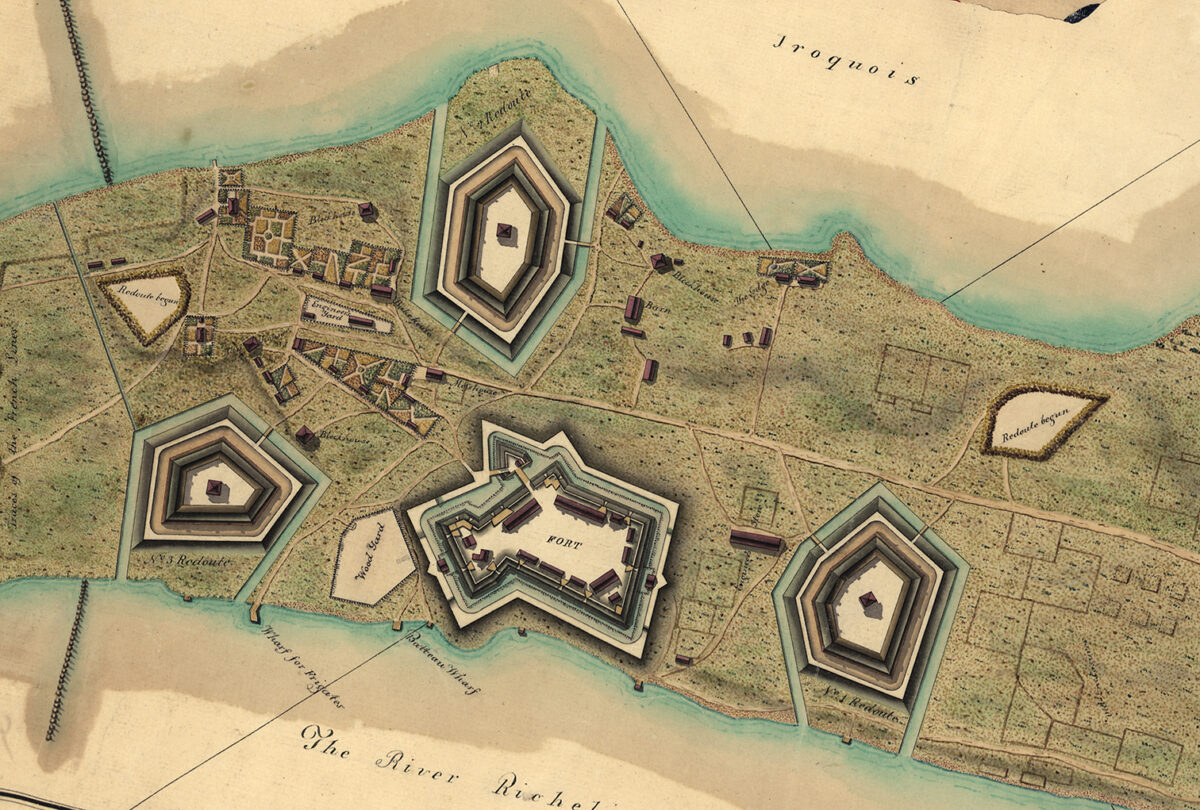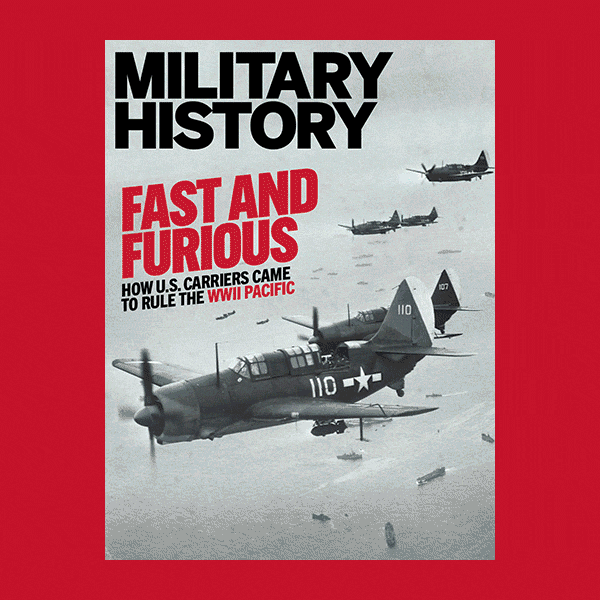For New France—Louis XV’s colonial dominion in North America—1759 had been a disaster, a year marred by crushing losses to British-led forces amid the French and Indian War, a sideshow of the broader Seven Years’ War. To the west, Fort Niagara was taken after a 20-day siege, cutting communications to Illinois Country, Louisiana and the western Great Lakes. In the central Champlain Valley, threatened by an advancing Anglo-American force under General Jeffery Amherst—commander-in-chief of the British army in North America—the French had blown up Forts Carillon and Saint-Frédéric and retreated north to Île aux Noix, in the midst and near the headwaters of the Richelieu River. Without doubt, however, the crowning blow came with the British conquest of Quebec, which effectively blocked the St. Lawrence River, severing Canada’s communications with France. By early 1760 the French dominion had shrunk to a tenuous strip along the banks of the St. Lawrence from Trois-Rivières in the east to Lake Ontario in the west. Almost everything from men to materials was wanting, food was short, and the populace was exhausted.
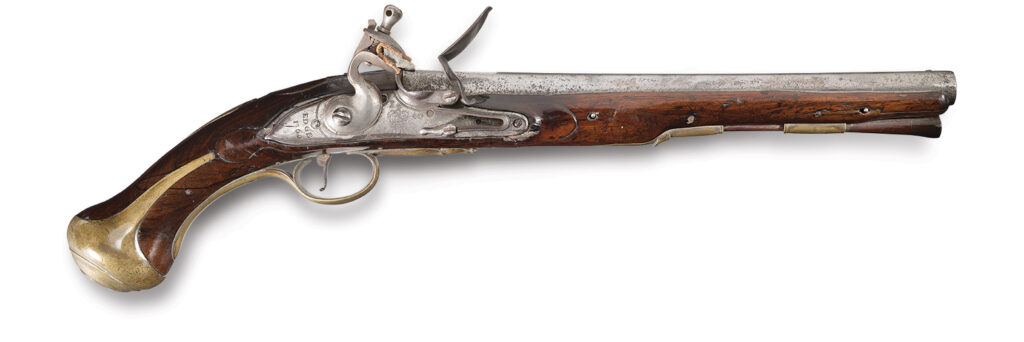
“The winding up of the last campaign,” reflected New France Governor General Pierre de Rigaud, Marquis de Vaudreuil, “reduced the colony to the most critical circumstances and most melancholy condition.”
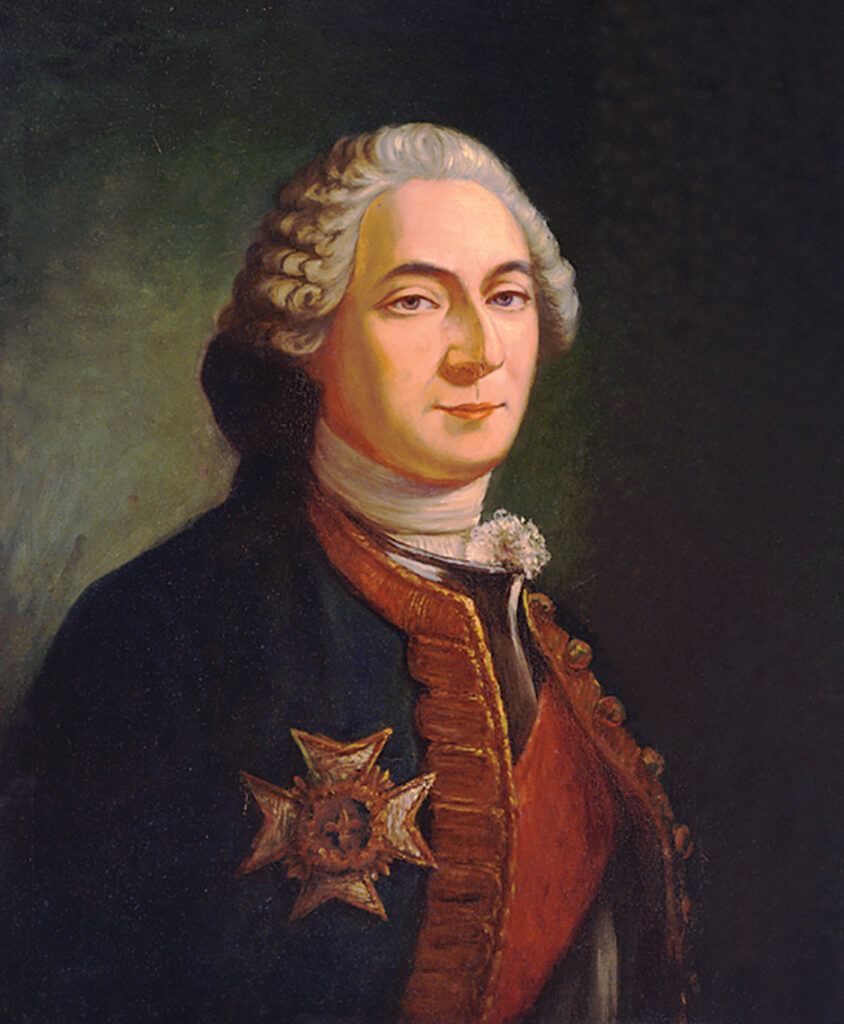
In April 1760, hoping to reestablish the lifeline to France, Vaudreuil tasked General François Gaston de Lévis—the latter of whom had assumed command of the army after Lt. Gen. Louis-Joseph de Montcalm’s death the previous fall at the Battle of the Plains of Abraham—with recovering Quebec. Lévis managed to defeat Brig. Gen. James Murray’s army at Sainte-Foy on April 28, but he was unable to keep the British from retreating within the city walls. The French commander laid siege to Quebec, but with only a handful of heavy guns and little in the way of powder, he was forced to withdraw when British warships sailed upriver a few weeks later.
With Quebec once again secure, British focus shifted back to Montreal, the last enemy stronghold in New France. As in the past, the forthcoming campaign called for a three-pronged attack. Murray, with 4,000 men, would move up the St. Lawrence from Quebec, while Amherst would lead some 10,000 men across Lake Ontario and down the St. Lawrence against Montreal from the west. The third prong of the campaign comprised 3,400 Anglo-American troops under recently promoted Brig. Gen. William Haviland. In a continuation of British efforts in the Champlain Valley, Haviland was directed to capture the French stronghold at Île aux Noix and then advance on the Richelieu River forts and Montreal from the south. As the plan called for all three prongs to arrive simultaneously at Montreal, Amherst’s army, which had more moving parts and much farther to travel, was given a six-week head start. The other two armies would wait until mid-August before setting out.
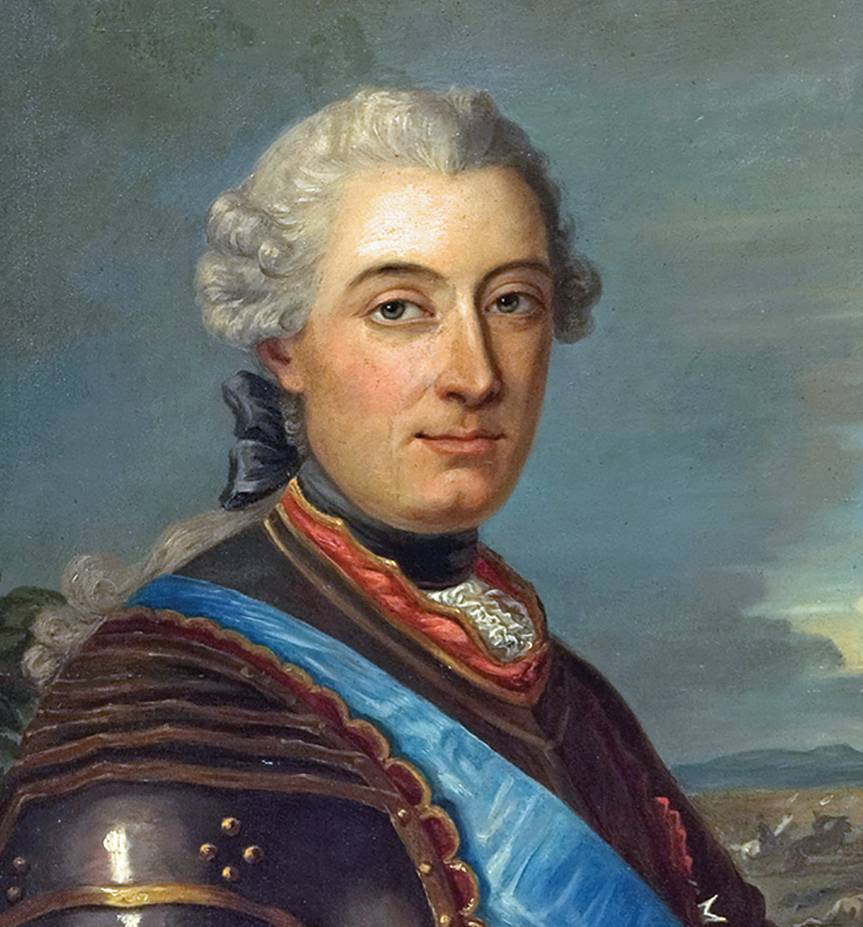
Haviland’s men, encamped at Crown Point, overlooking a narrows on the west shore of Lake Champlain, spent the summer buttressing Fort Amherst, stockpiling supplies and constructing a flotilla of small boats for transporting troops. While such tasks proved challenging, the general was more concerned about the caliber of troops assigned to his command. He’d been given two senior British infantry regiments, the 17th and his own 27th, augmented with four companies of the 1st (Royals) and a detachment of Royal Artillery. The rest of his men, however, were colonials drawn from Massachusetts, Rhode Island and New Hampshire, the latter including Rangers under Major Robert Rogers. Haviland shook his head at the allocations. He had dealt with such militia troops during a stint as commander of Fort Edward and typically found them wanting, especially Rogers and his band of frontier hooligans. At least naval support was not at issue. Supplementing a pair of British warships—the 18-gun brigantine Duke of Cumberland and the 16-gun sloop Boscawen—were three French xebecs captured the previous fall. Joining them in Haviland’s flotilla was the 84-foot radeau Ligonier, carrying six 24-pounder cannons, and three smaller radeaux built to carry the field artillery.
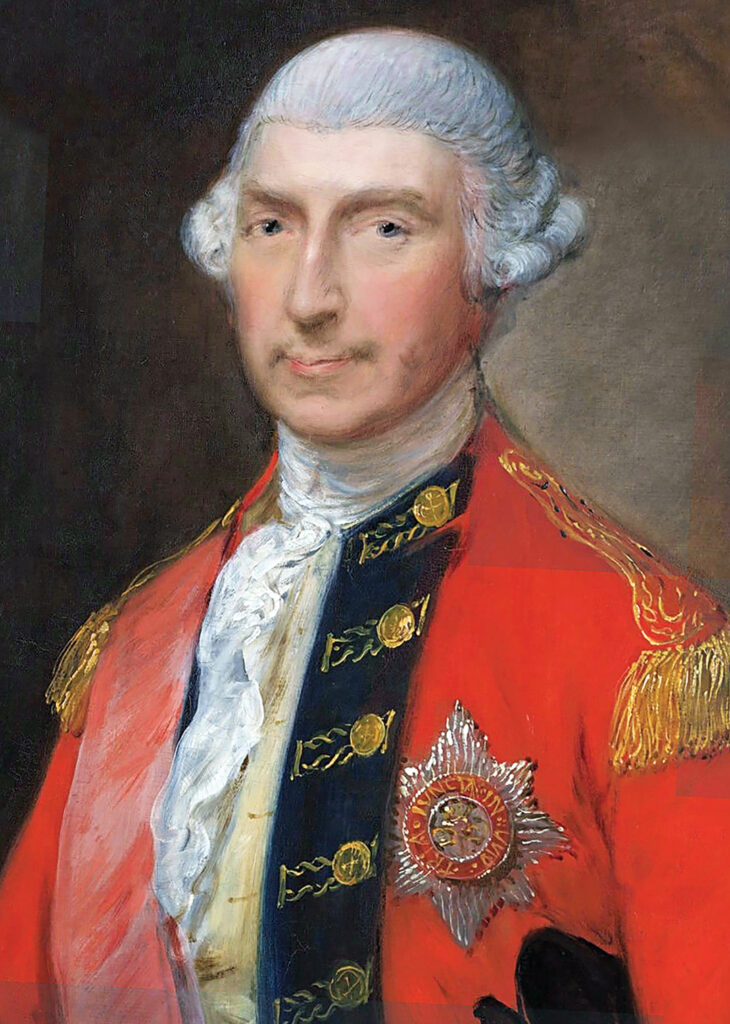
Meanwhile, at Île aux Noix, the late Montcalm’s chief of staff, Colonel Louis-Antoine de Bougainville, faced far more dire concerns. Named for its dense growth of walnut trees, Île aux Noix (Nut Island) sat in the middle of the Richelieu River a dozen miles south (upstream) of the French garrison at Fort Saint-Jean. The island is a little over three quarters of a mile long and a quarter of a mile wide. The channel west of Île aux Noix is the wider of the two but too shallow for heavy vessels, which must take the narrower eastern channel when passing the island. While the French could certainly contest northbound (downstream) navigation on the Richelieu at this point, the island itself was simply too large to be effectively defended by Bougainville’s garrison of 1,500 French regulars and militia. An even more serious drawback loomed in Bougainville’s reckoning. Although Île aux Noix’s eastern and western shorelines were swampy, they were not impassible, and as summer wore on, the shore facing the more navigable eastern channel tended to dry out. Thus, the garrison faced the very real possibility of being outflanked and cut off from their supply lines to Fort Saint-Jean before the enemy even positioned a cannon.
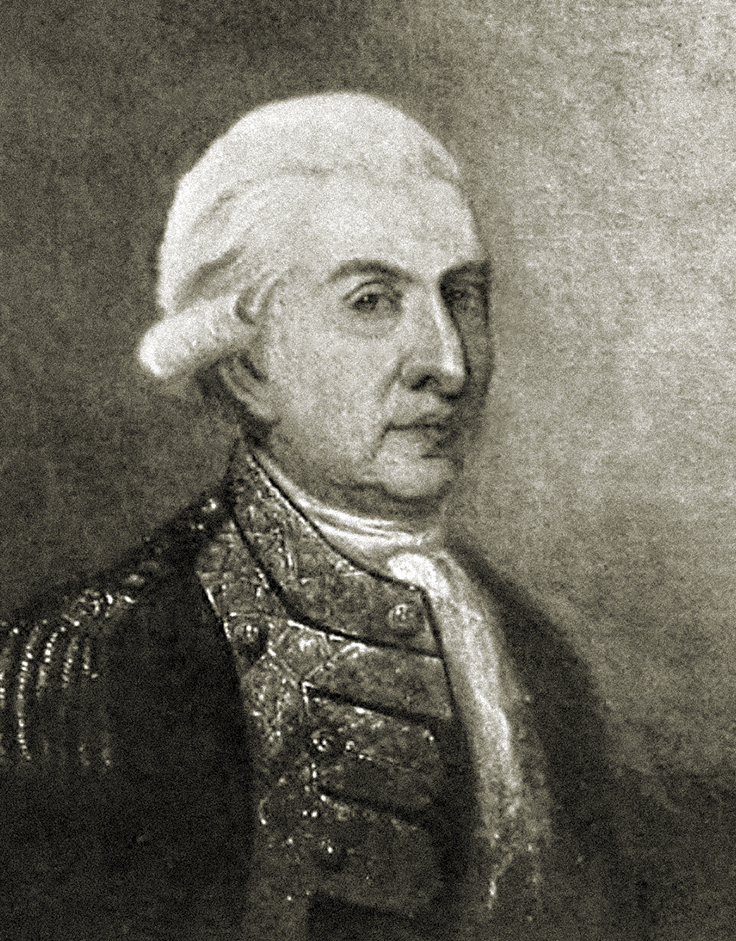
To address these issues, Bougainville reinforced wooden booms blocking the upstream entrance to either channel and positioned a battery of guns to cover the eastern boom. He then stationed his ships near the outlet of the Rivière du Sud, just downstream of Île aux Noix, to prevent being outflanked to the east. The French squadron comprised the 10-gun schooner Vigilante, an armed sailing barge, four small gunboats mounting 9-pounder guns on their prows and two row galleys. The latter vessels had been recently constructed at Saint-Jean. The larger of the galleys, Diable, carried 60 oars and was armed with a pair of 18-pounders in the prow and another in the stern, while the smaller galley was indifferently armed and spent most of its time shuttling between Île aux Noix and Fort Saint-Jean.
While Bougainville was short on manpower, by August his hardworking troops had crisscrossed Île aux Noix with fortifications, with a particular focus on the southern end of the island, where an initial attack was likely to fall. A zigzagging, 18-foot-wide U-shaped ditch backed by an earthen rampart and parapet protected that vulnerable shoreline. Enclosing these entrenchments to the north was a curtain wall with a pair of hornworks at either end. Behind it a second line of defensive works spanned the island, tracing its slight elevations. Though the defenders completed an impressive amount of work in a short period of time, few felt it would be enough.
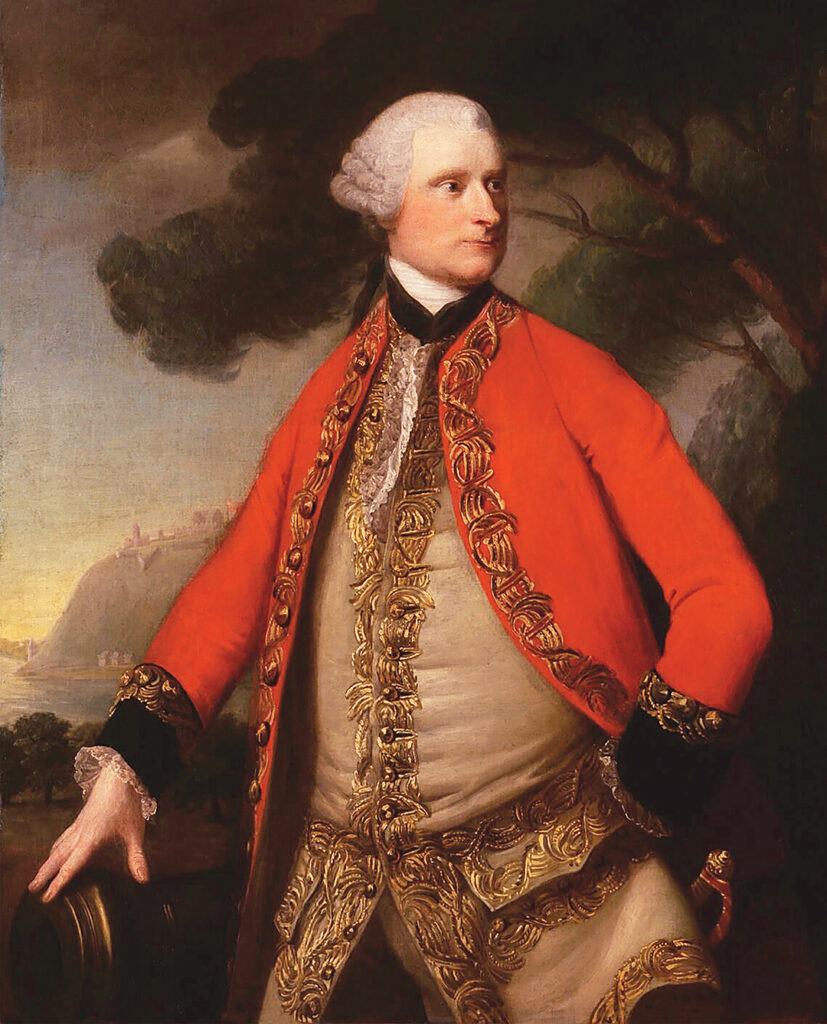
On August 11 Haviland set sail north up Lake Champlain from Crown Point, his 3,400 men crammed aboard 80 whaleboats, 330 bateaux and four radeaux. A storm sweeping down the valley sank a few of the smaller boats, but by the morning of the 16th the rest of the flotilla had entered the Richelieu, halting above Point Margot, some 100 yards shy of the southern tip of Île aux Noix, to land an advance guard under Lt. Col. John Darby on the river’s east bank. An hour later Darby gave the all-clear signal. Haviland then sent the warships and a few of the artillery radeaux to fire on the island and commenced landing operations. By nightfall 3,000 men were ashore on the east bank of the Richelieu, and the French had yet to fire a single shot.
Having heard no reply from the enemy, Haviland suspended landing operations and at dawn dispatched a handful of men in a small artillery radeau to determine whether the island had been abandoned. Haviland’s men halted their work and watched from shore as the boxlike vessel crawled toward the island. When the radeau had approached to within a few hundred yards of the French fortifications, its men slowly swung the boat to starboard and fired several rounds. All was quiet as smoke from the vessel’s swivel gun drifted over the water. The radeau then tacked about. But when the vessel showed its stern to the island, waiting French cannons finally came into action. The first shot went wide, but the second, from a 12-pounder, struck the radeau’s quarterdeck, tossing its captain and four others about like bowling pins before plowing down the length of the vessel and coming to a stop. The radeau drifted for a few moments while men scrambled back to their places. The British crew then exchanged a few shots with the enemy before moving out of range. Haviland had his answer and ordered his troops to continue unloading the artillery.
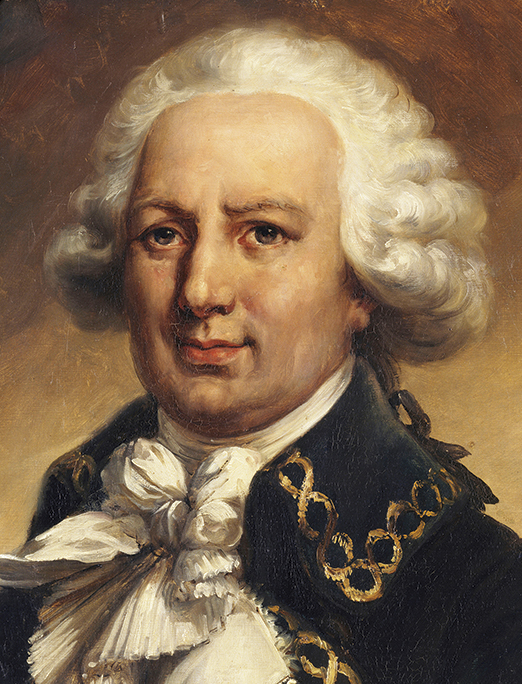
Haviland’s army spent the next few days slowly moving down the swampy east bank of the river. Crews cut a road for the fieldpieces, while others built firing platforms and erected palisades. On the night of August 18 the general sent a number of Rangers forward to sever the boom in the eastern channel, but French gunners repelled them with loads of grapeshot. The French were less successful when it came to halting enemy activity along the east bank of the Richelieu, though it was only 250 yards away. Many of the colonial troops were happily surprised at the enemy’s inaccurate fire, given the range and the all-to-thin veil of trees providing the only cover.
After watching his artillerymen’s poor showing, Bougainville wrote in disgust to Lévis that there was “no gunner here who knows how to aim.” As frustrating as that proved, the French commander soon faced bigger problems. His greatest concern was that the enemy would land on the island in force and overwhelm his position. To forestall this, he dispatched troops to the northern end of the island, where such an attempt might succeed. Bougainville’s secondary concern was the enemy mortar batteries being erected across the channel. As his fortifications were simple fieldworks, with no bombproof shelters to protect French troops or munitions, such enemy guns posed a real threat to his exposed position.
Raft of Guns
Among the 414 ships in Haviland’s British flotilla were four ungainly vessels known as radeaux (French for “rafts”). Designed as floating gun batteries with which to transport and bring artillery to bear on targets ashore, they were tortoiselike in appearance and sailing performance.
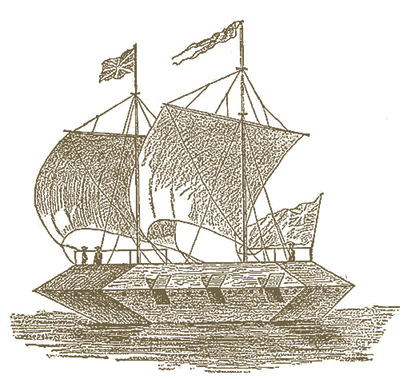
By the afternoon of August 23 Haviland’s men had completed three batteries. The first comprised six 24-pounders, the second three 12-pounders and ten 5½- inch mortars, and the third two 13-inch mortars and two 10-inch mortars. At 4 o’clock a signal gun sounded and, in keeping with the formalities of the age, the sound of fife and drums carried from one end of the British line to the other. For nearly 10 minutes the martial music filled the air, finally ending with the echoed command to fire. The batteries responded with five quick salvos against the island, “beating down all before them,” according to one observer. As the fire from shore slowed to a steady pace, Duke of Cumberland approached the island and added its guns to the onslaught. Initially the French remained silent, saving their ammunition. But as evening wore on, a few guns came into action, firing the occasional mortar round or cannon ball across the channel. Haviland exploited the distraction of the barrage to send several parties out to cut the eastern boom, but the alert French chased off each in turn with grapeshot and musketry.
At dawn Haviland again ordered all his guns into action. A low-hanging mist and the occasional rain shower proved no hindrance to what became most intense artillery duel of the siege, leaving one provincial soldier with the impression that “the Heavens and Earth was [sic] coming together.” That pronouncement seemed to come true later in the day when a French round struck the British bomb battery magazine, triggering a thunderous explosion that shook the ground and brought firing on either side to a standstill. Undeterred, Haviland soon sent work parties forward to prepare a two-gun battery near the eastern end of the boom. That effort drew a hail of French grapeshot and ball, inflicting more than a dozen casualties on the British, but it was the onset of heavy rains and not enemy fire that brought the work to a halt for the evening.
The still of that cloudy night was broken only by the occasional discharge of a cannon and shots from excited sentries. But in the predawn darkness of August 25 Colonel Darby’s grenadiers, light infantry and Rangers were on the move, trudging their way along the swampy east bank of the Richelieu, dragging behind them a pair of 12-pounder cannons and a pair of 5½-inch howitzers. It was a humid morning, which only magnified the backbreaking work of manhandling several tons of iron through the mud and between clusters of trees. Yet, by midmorning Darby’s men had reached their destination—a point of land just south of the mouth of the Rivière du Sud. Anchored across from them, just downstream of the island, were three French vessels. As Bougainville had feared, Haviland had ordered Darby to destroy the French squadron in order to cut the island’s communications with Fort Saint-Jean and clear the way for British ships once the boom had been cut.
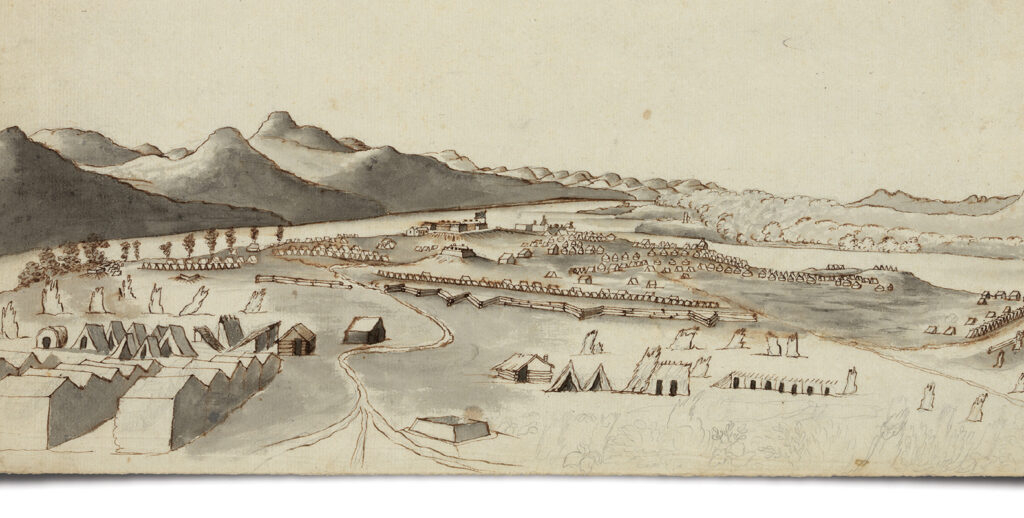
At 10 o’clock Darby’s guns opened fire, catching the French ships wholly by surprise. Diable’s captain immediately ordered the galley’s anchor cable cut so its crew could row the ship to safety. But Darby’s men were quick to find the range, and the next few shots crashed into Diable, killing its commander and throwing its crew into confusion. Meanwhile, men aboard the two smaller French ships, which were being splattered by grapeshot and slowly drifting under a northwest wind toward the British battery, either went over the side or surrendered. As Diable ran aground on the east bank of the Richelieu, Darby turned his attention to Vigilante, which had been moored a few hundred yards farther north. Captain Joseph Payant dit Saint-Onge, easily the most experienced mariner in the squadron, had slipped his anchor at the start of the engagement and raised sail in an attempt to run downriver, but the prevailing wind had pushed Vigilante toward the river’s east bank, and soon it, too, ran aground, on a peninsula north of the Rivière du Sud. The sailing barge that accompanied Vigilante met a similar fate. But while the barge crew had no recourse, Vigilante carried oars and with a little luck might still be freed.
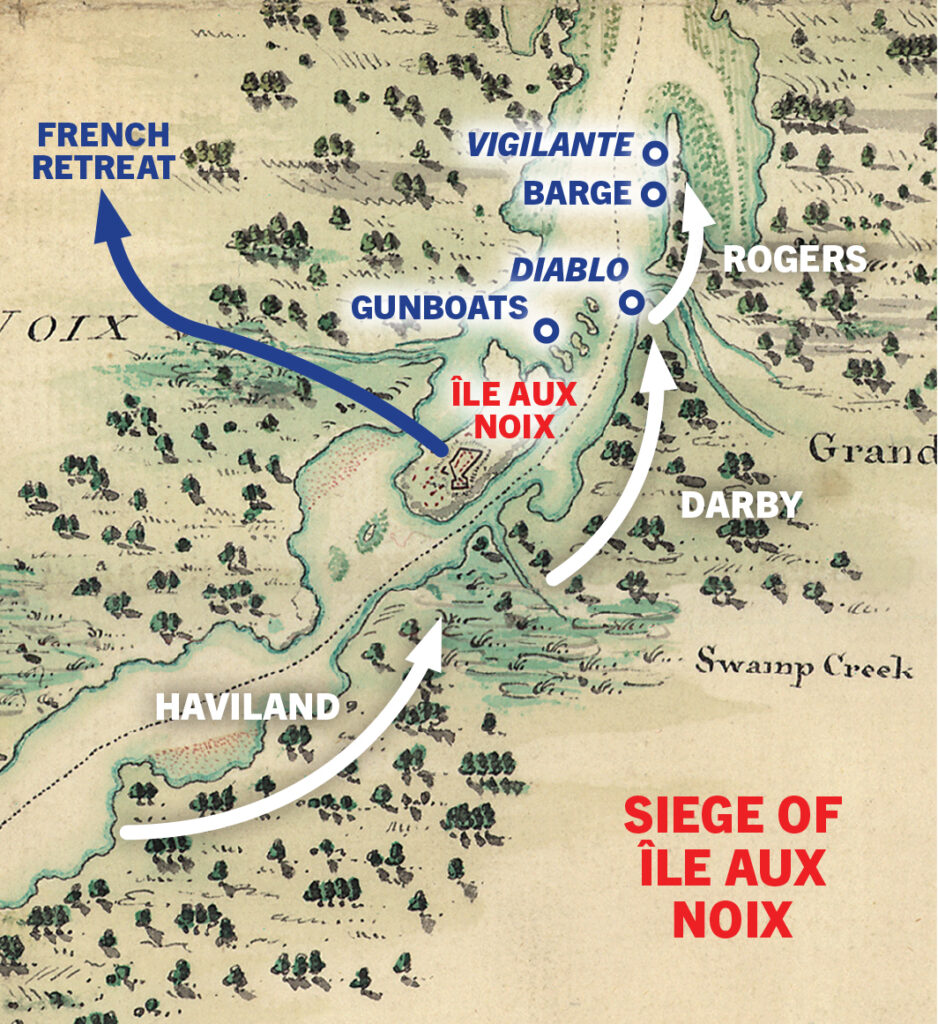
Darby, however, had no intention of allowing his quarry to escape. He ordered Rogers to cross the Rivière du Sud to the north while he and his men, having boarded Diable, pushed the vessel back out into the channel. Once across the shallow Rivière du Sud, Rogers and his men directed volleys of musketry against the grounded French vessels. A few bold Rangers armed with tomahawks swam out to and boarded the nearly deserted sailing barge without opposition. Vigilante’s crew, however, put up a fight, its gunners firing their 4-pounders at the Rangers while others attempted push the vessel off the shore with their oars. They raised a triumphant shout as Vigilante began to move, but when Diable, flying a British flag, hove into view with its two 18-pounders trained on his schooner, Saint-Onge weighed the odds and wisely struck his colors.
Sour Grapes
As Haviland’s Rangers sought to force passage down the deeper eastern channel past Île aux Noix, French gunners chased them off with loads of grapeshot, small-caliber round shot bound in canvas and fired from a cannon. The effect was akin to a large shotgun.
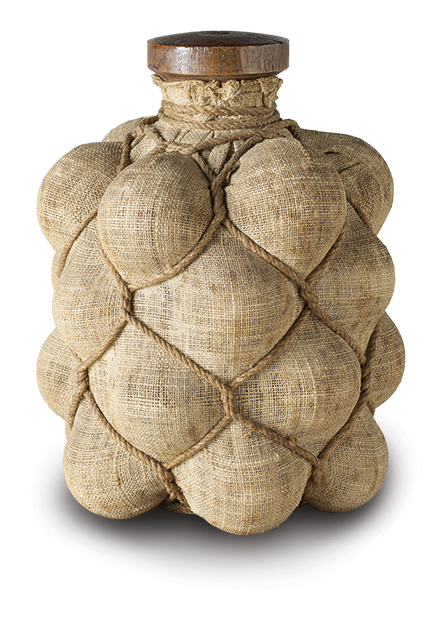
For Bougainville the action was a fatal blow. The defense of Île aux Noix had hinged on naval control of the river below the island. With its loss and the lifeline to Saint-Jean effectively cut, the island’s defenders could at best only pin down a portion of the British army while the enemy fleet circumvented the island and advanced downriver toward Montreal. When brought before Darby shortly after his capture, Saint-Onge congratulated the colonel and wished him “the joy of the country,” knowing full well the British capture of the French fleet had unlocked the defenses of Île aux Noix.
He could not have been more right. The next day Bougainville and his officers resolved to abandon the island and fall back on Montreal. Given the rapid progress of the siege to the east, the west bank of the Richelieu remained the only possible escape route. Put in charge of a small rear guard, a lieutenant by the name of Le Borgne was ordered to conceal the retreat of the main French body for as long as possible by continuing to work the island’s guns. At 10 that evening, while Le Borgne’s men exchanged sporadic fire with the British, the French boats began crossing the western channel, and by midnight the bulk of the French garrison was ashore, trudging through the marshy woods toward Montreal and the closing days of the French regime in North America.
A number of French deserters entered the British camp in the early morning hours of August 27 and informed Haviland the garrison had fled out the back door. This was confirmed when Le Borgne lowered the French flag at dawn, ending the siege. Haviland took 113 prisoners and found 54 guns, a large supply of shot and a sizable number of small arms on the island. Both sides had suffered only a few dozen casualties in the siege, and Haviland’s apprehensions about his colonial troops had proved unfounded. They had distinguished themselves as pioneers, and even Rogers and his wild band of Rangers had contributed to the victory. More important, the boom blocking the eastern channel could be removed. Haviland’s force resumed its advance on Montreal the next day.
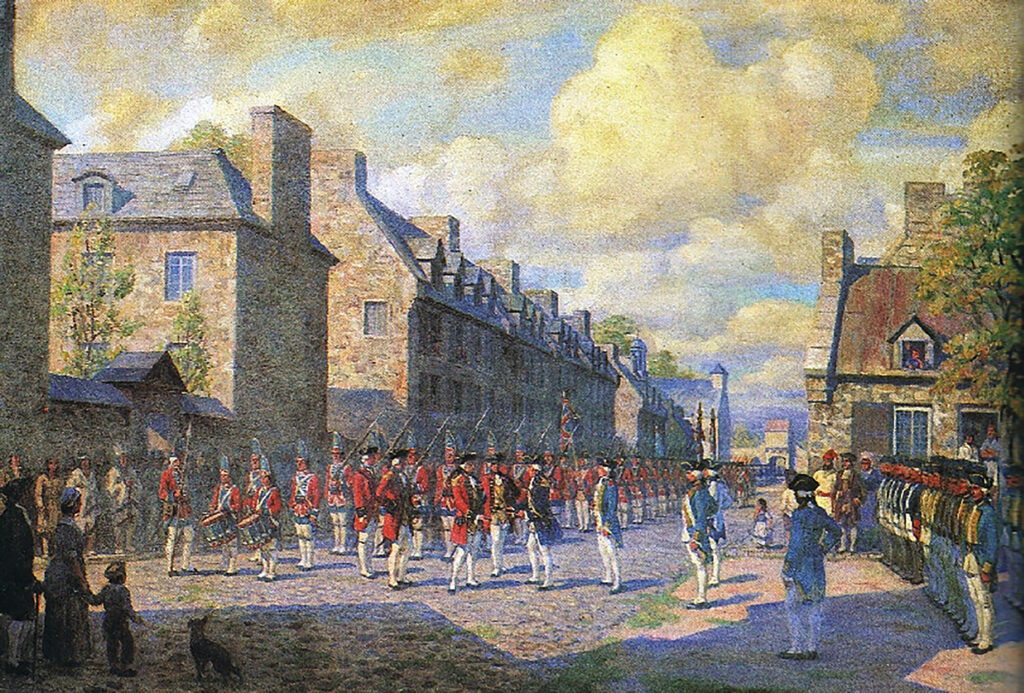
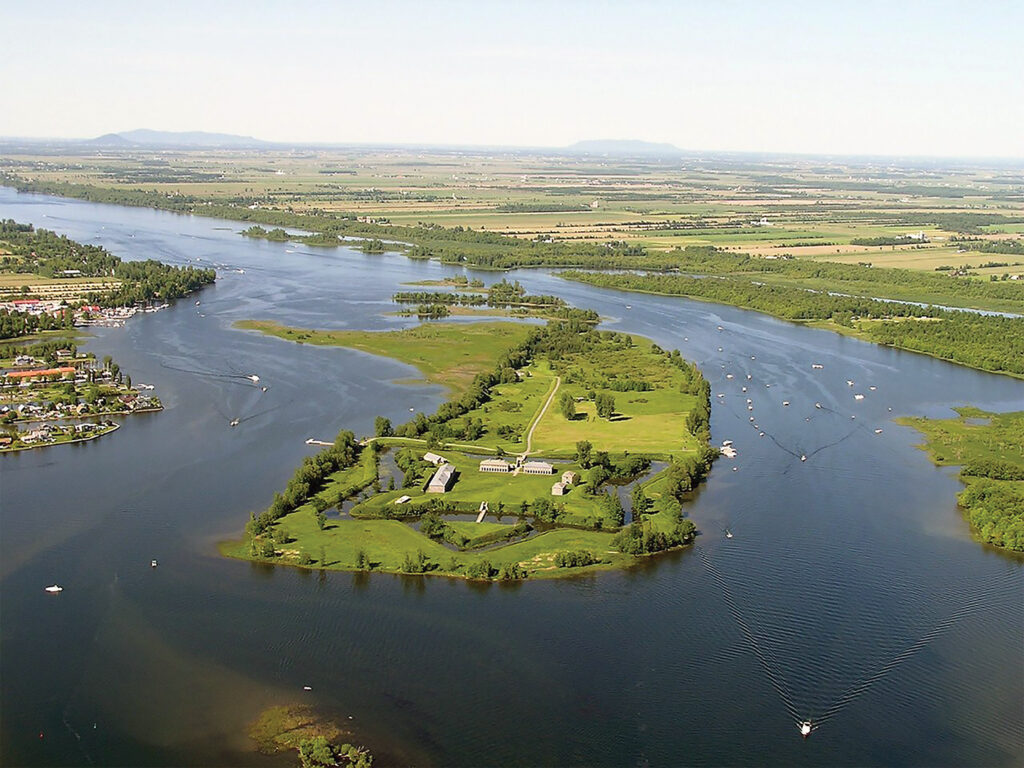
On September 7 the British brigadier general’s column arrived on the south bank of the St. Lawrence River opposite Montreal. Amherst’s army was already encamped on the island to the west of the city, while Murray’s men waited on the eastern end of the island. The timing was impressive. Three British armies that had started from different sides of the French colony had converged on Montreal within 24 hours of one another. No miracle would save New France. Though General Lévis wished to continue fighting, Governor General Vaudreuil wisely surrendered the next morning, bringing the last of four successive French and Indian wars to an end and presaging the turnover of Canada to the British.
Michael G. Laramie is the author of seven books on colonial America and the American Civil War. His most recent work, The Road to Ticonderoga: The Campaign of 1758 in the Champlain Valley, will be released this fall. For further reading he recommends The Fortifications of Île aux Noix, by André Charbonneau; The Great War for the Empire: The Victorious Years, 1758–1760, by Lawrence Henry Gipson; and Memoirs of the Chevalier de Johnstone, by James Johnstone.
This story appeared in the 2023 Autumn issue of Military History magazine.
historynet magazines
Our 9 best-selling history titles feature in-depth storytelling and iconic imagery to engage and inform on the people, the wars, and the events that shaped America and the world.


